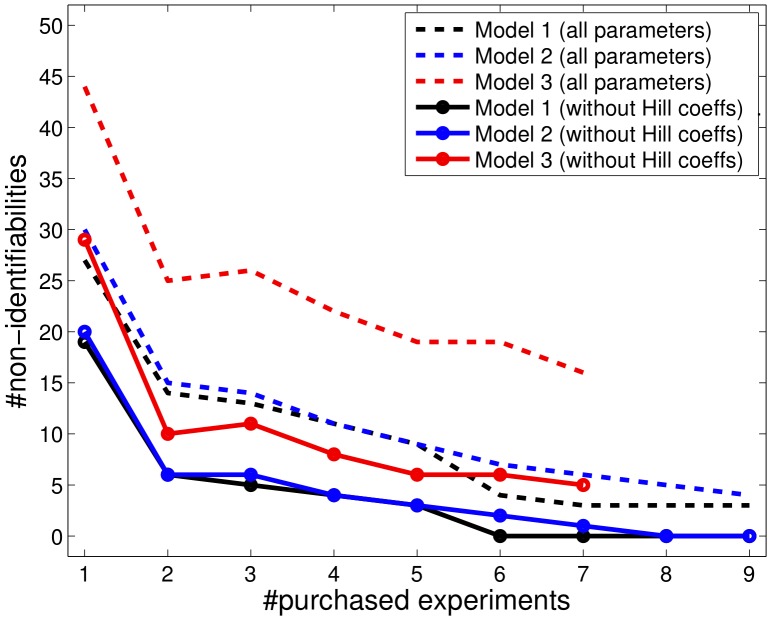Figure 3. Number of practically non-identifiable parameters during the experimental design process.
The elimination of non-identifiabilities was one of the major goals of the applied experimental design strategy. The number of practically non-identifiable parameters, represented by profile likelihoods reaching one or both borders of the parameter domain under a given statistical threshold, demonstrates the performance of the strategy (dashed lines). As the parameter domain for the Hill coefficients was restricted to a smaller range, i.e.  , some of the underlying true values lay at the boundary of the parameter space. Counting the non-identifiabilities for Hill coefficients can therefore give a wrong impression when the MLE was correctly at the border of the parameter space. The number of practically non-identifiable parameters except the Hill coefficients is plotted by solid lines. Note that the number of non-identifiabilities is calculated from noisy data, hence the measurement errors propagate into these values. Therefore it can happen, that the number is increasing at some steps yet it is decreasing in general. An analogous observation can be made in Fig. 4.
, some of the underlying true values lay at the boundary of the parameter space. Counting the non-identifiabilities for Hill coefficients can therefore give a wrong impression when the MLE was correctly at the border of the parameter space. The number of practically non-identifiable parameters except the Hill coefficients is plotted by solid lines. Note that the number of non-identifiabilities is calculated from noisy data, hence the measurement errors propagate into these values. Therefore it can happen, that the number is increasing at some steps yet it is decreasing in general. An analogous observation can be made in Fig. 4.

